SGGP
Japan's Fukushima Prefecture has become a unique destination for tourists wanting to learn about the earthquake and tsunami disaster that occurred in March 2011.
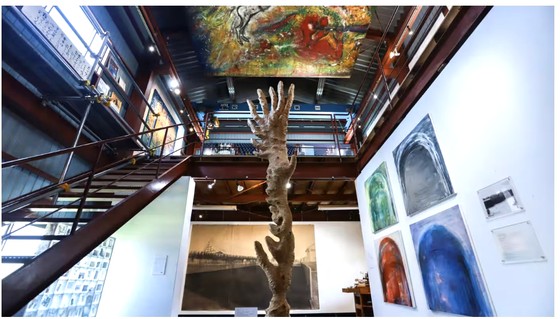 |
The earthquake killed more than 18,000 people and damaged the nuclear power plant, leading to a radioactive leak that forced 150,000 people to evacuate. Twelve years later, 30,000 people have yet to return home. Several sites have documented Fukushima’s gradual recovery, including the Great East Japan Earthquake and Nuclear Disaster Memorial Museum and the Iwaki 3.11 Memorial and Revival Museum. These sites offer resources and information for visitors who want to learn, from multilingual guide boards with maps, graphs and photos to an auditorium showing video clips of the disaster.
Recently, smaller sites that remind of the Fukushima disaster have gained local recognition. For example, in a “ghost town” after the evacuation, a two-story wooden warehouse on an empty lot in Minamisoma, about 15 kilometers from the Fukushima Nuclear Power Plant, has become a display of 50 artworks inspired by the disaster. The highlight is a wood carving by a sculptor. A sign at the entrance of the warehouse reads “Our Memorial Museum.” A barrier similar to those used to block off evacuation zones is erected in front of a wall full of paintings, rows of delicate, pastel-colored seashells, and display shelves…
The museum's curator, photographer Jun Nakasuji, known for his work capturing the Ukrainian city of Chernobyl, devastated by the 1986 nuclear plant disaster, said the artists had held a number of exhibitions since 2011. But he had long wanted to create a gallery of artworks related to the disaster.
“The public memorials run by the prefectural government and TEPCO present the narrative they want people to hear,” Mr. Nakasuji said. “But behind those stories, there are many people who were victims or suffered from those incidents. I think we need to highlight that as well.”
From these small, spontaneous local museums, recognizing the potential opportunity presented by tourists revisiting the disaster site, Fukushima Prefecture launched the Hope Tourism initiative to help visitors learn about the disaster and broader socio -economic issues, such as Japan’s declining population, aging society, and energy problems. The initiative has been successful, with a record 17,806 people visiting Fukushima in the 12 months to March 2023, nearly double the number of visitors from the previous year. According to Fukushima-Minpo, this demand is growing among schools, companies, and public organizations.
Hope Tourism is considered innovative, offering a more humane, in-depth perspective. The appeal of the initiative may also be that the name of the program sounds much more positive than “dark tourism ,” a term often used to describe travel to places associated with death and tragedy. The program’s tourism brochure notes: “We do not use terms such as “earthquake learning or disaster preparedness” to describe what we have learned from the reality and from this disaster, nor the challenges it poses for recovery.”
Source




![[Photo] Urgently help people soon have a place to live and stabilize their lives](/_next/image?url=https%3A%2F%2Fvphoto.vietnam.vn%2Fthumb%2F1200x675%2Fvietnam%2Fresource%2FIMAGE%2F2025%2F12%2F09%2F1765248230297_c-jpg.webp&w=3840&q=75)



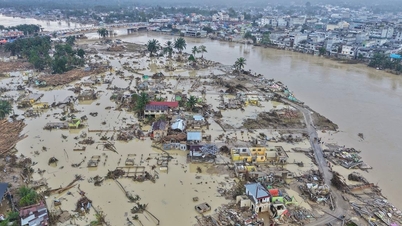


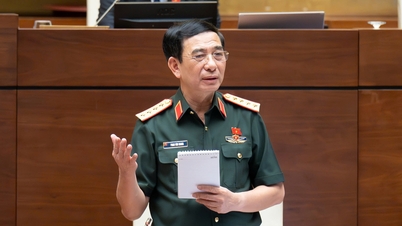

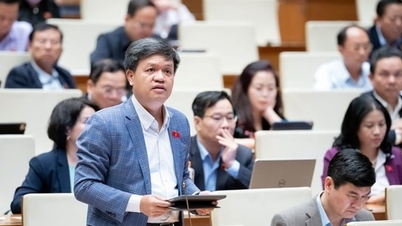



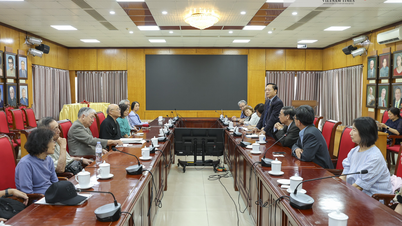




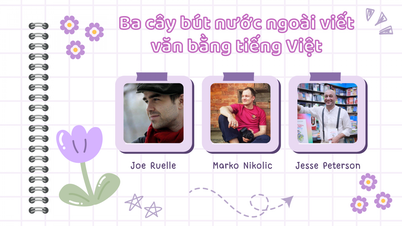
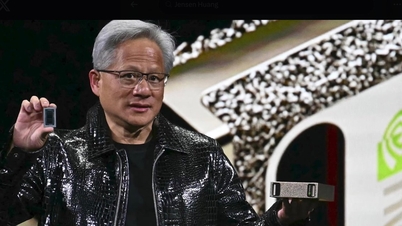





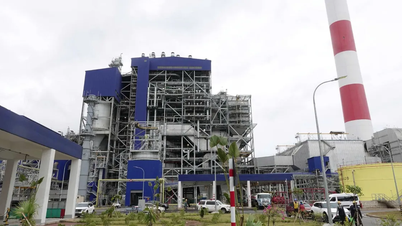
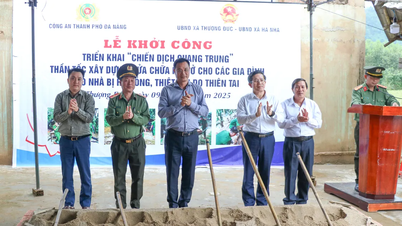
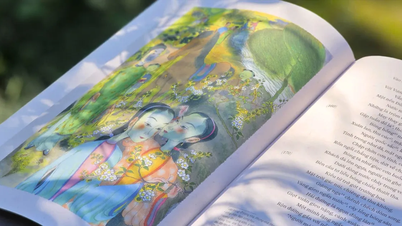
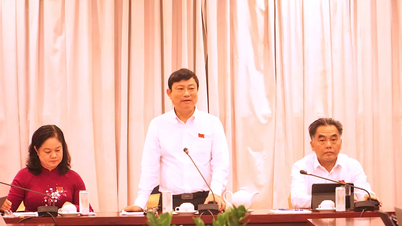


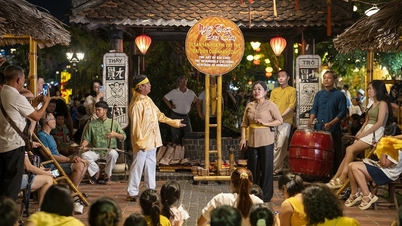

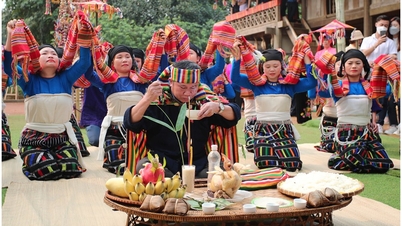

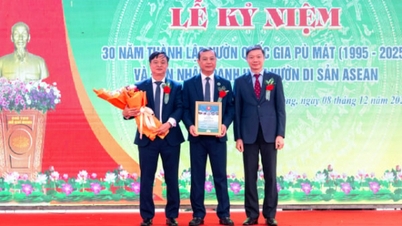


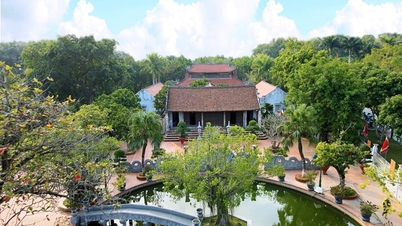
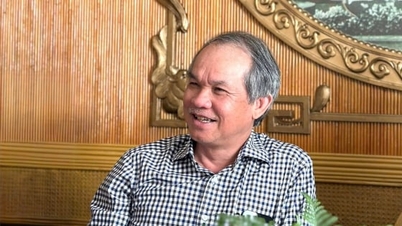


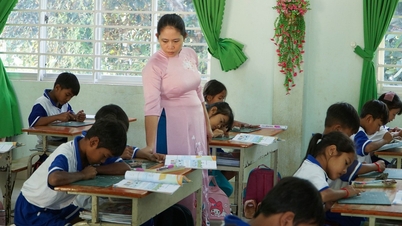

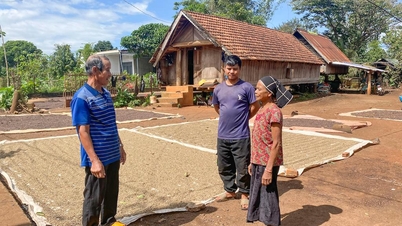


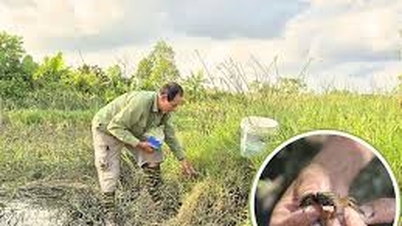



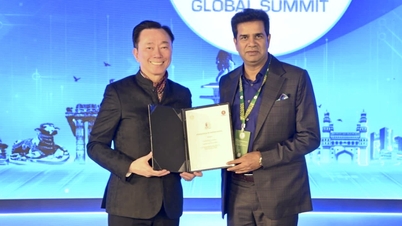

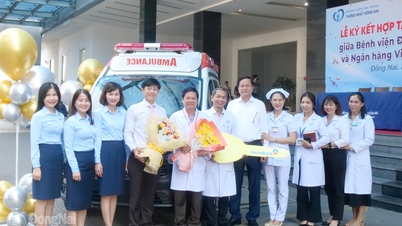

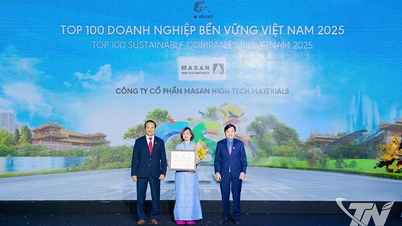


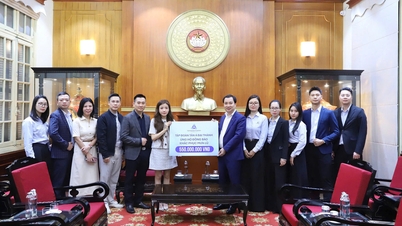







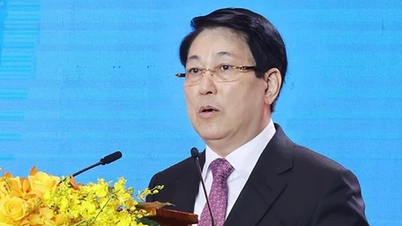
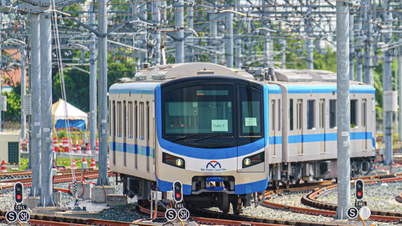


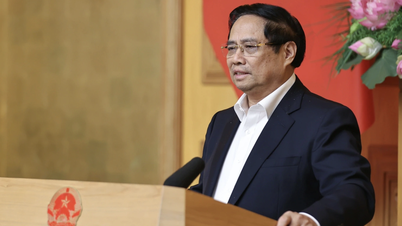


![[Photo] General Secretary To Lam works with the Standing Committees of the 14th Party Congress Subcommittees](https://vphoto.vietnam.vn/thumb/402x226/vietnam/resource/IMAGE/2025/12/09/1765265023554_image.jpeg)
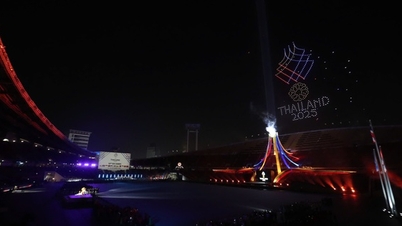






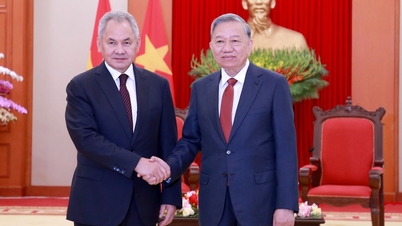

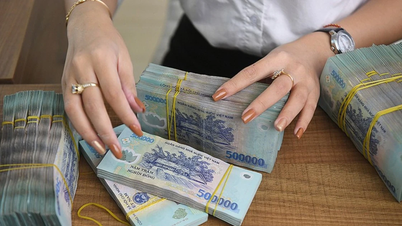


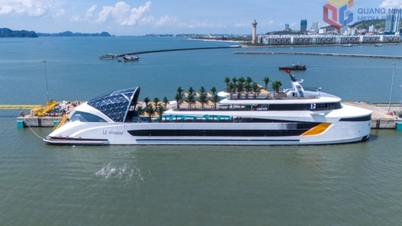
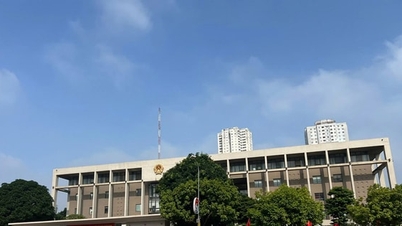


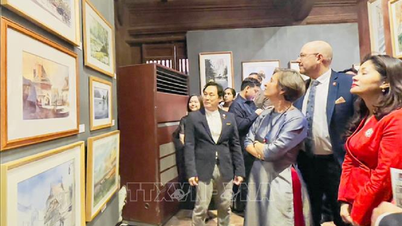












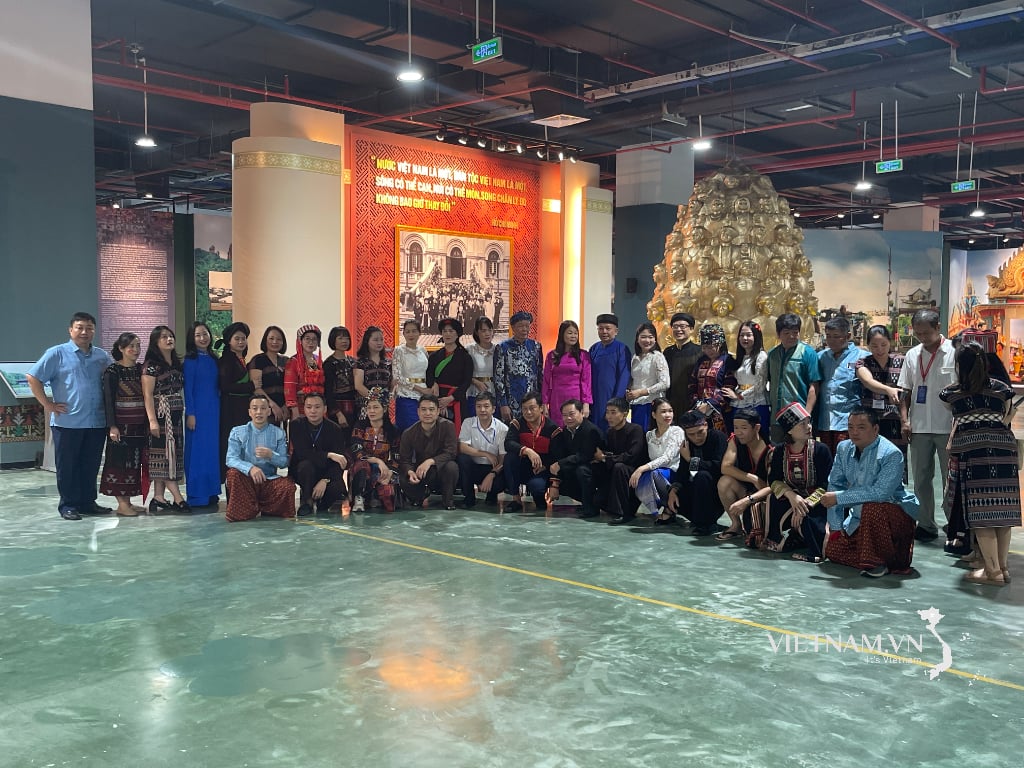




Comment (0)